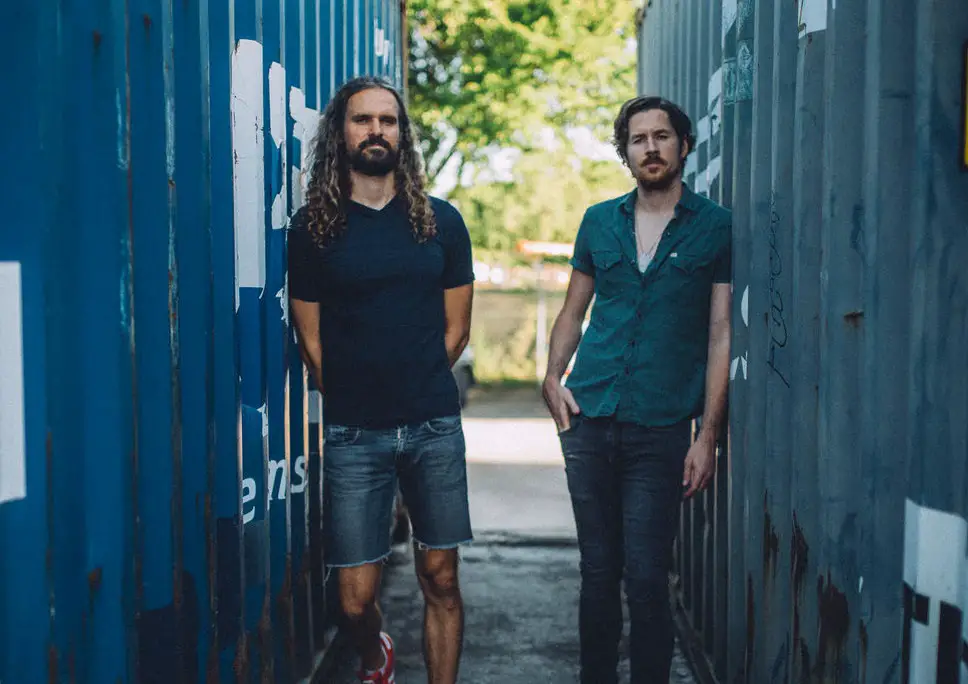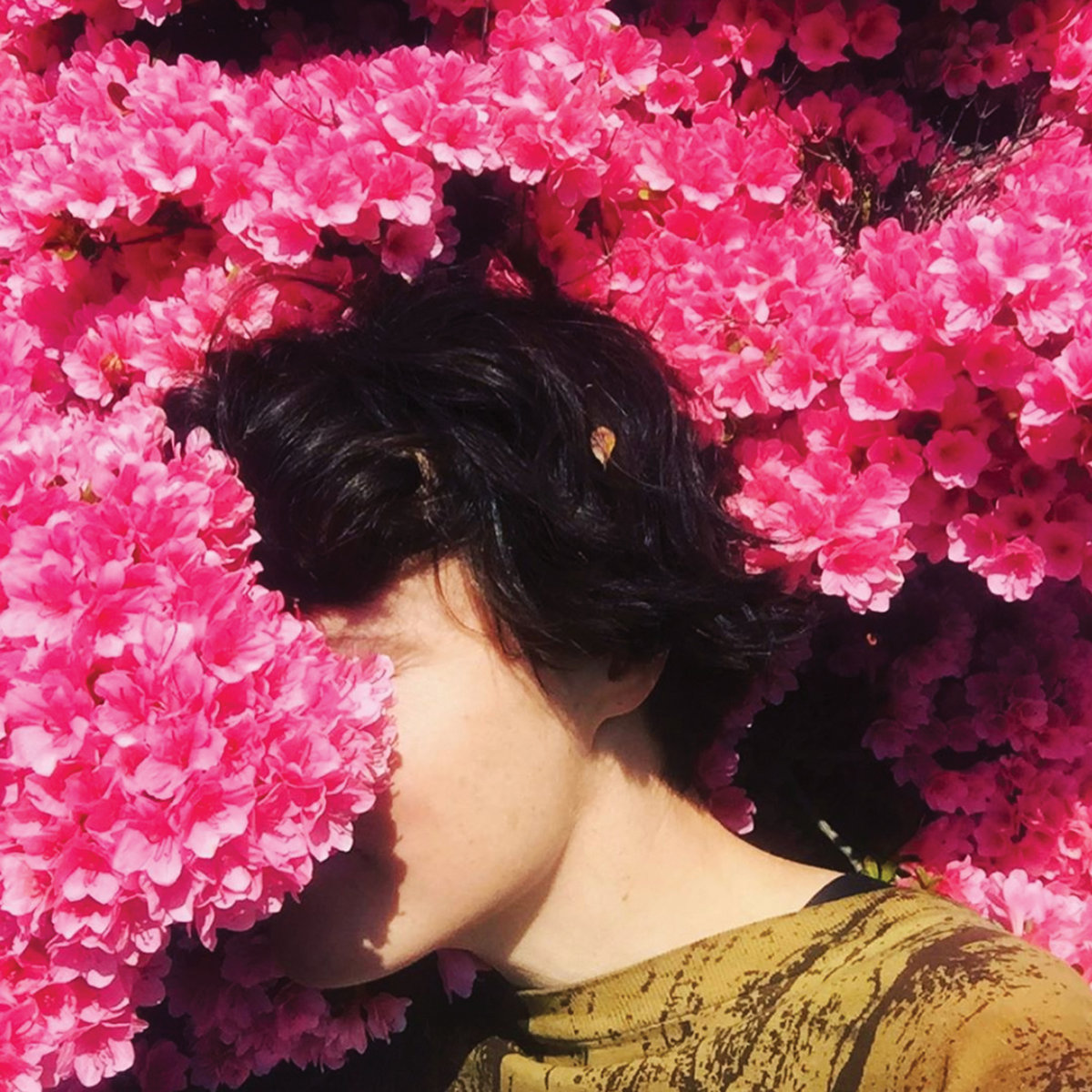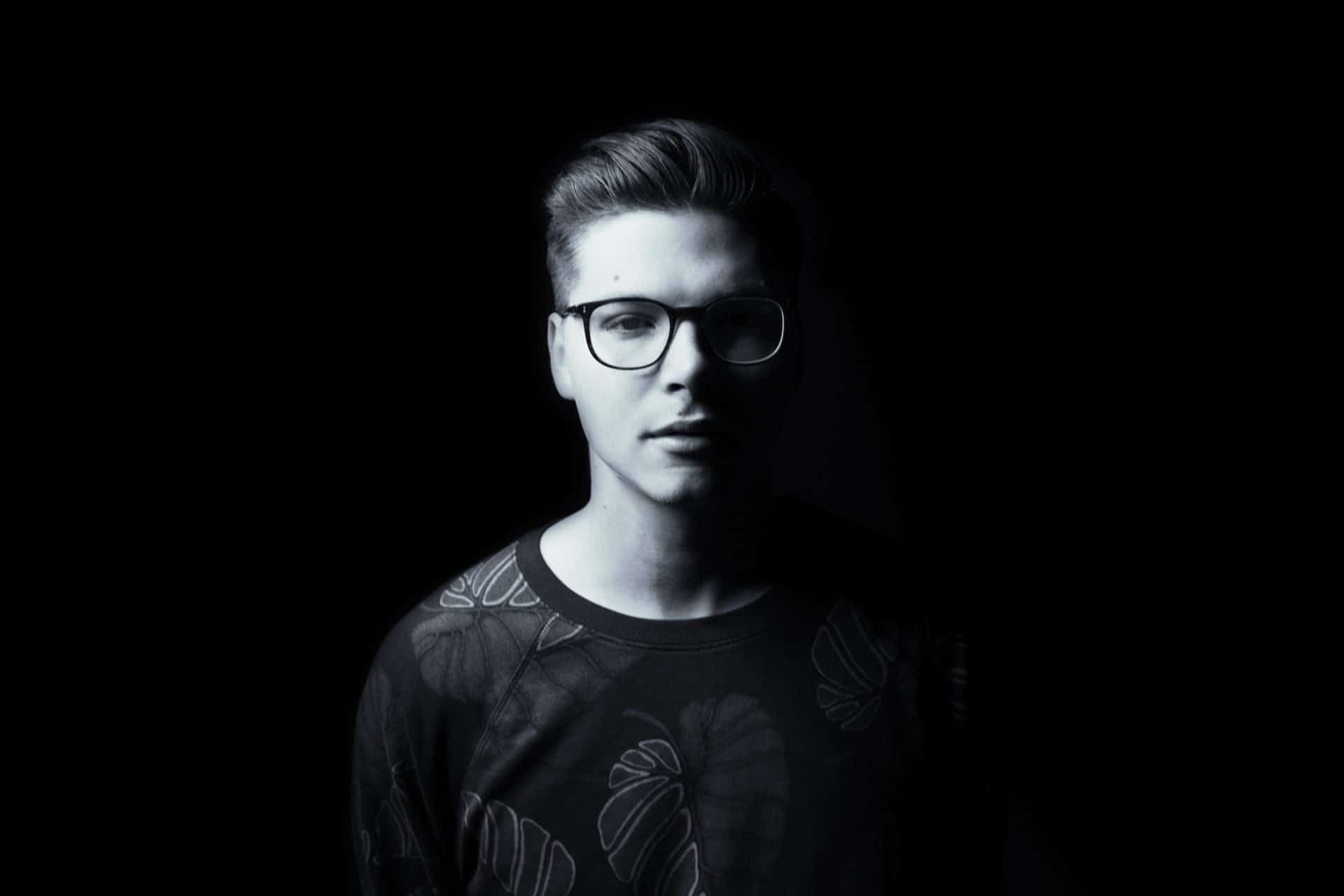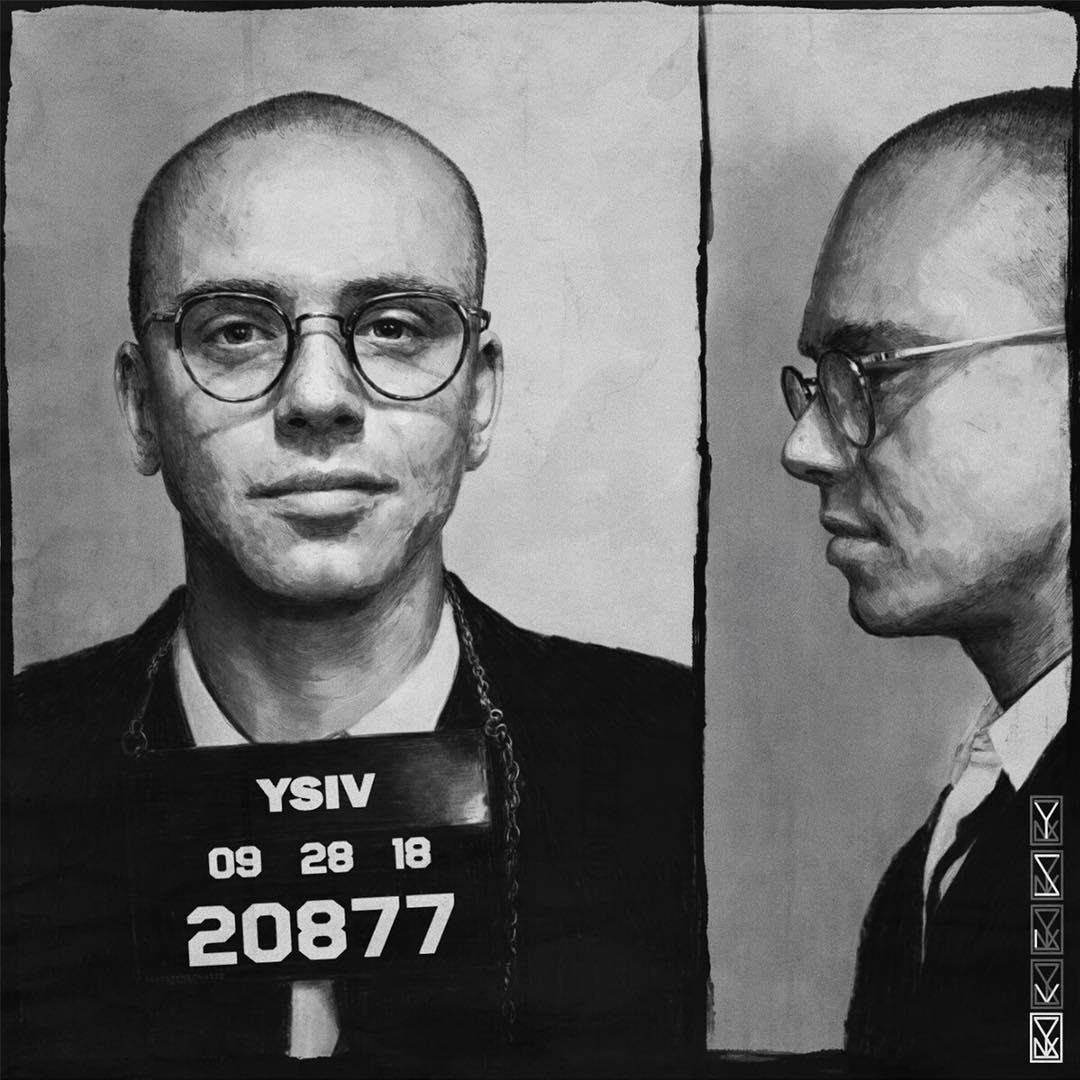Rowan Drake’s ‘For all my eyes have seen’ is the antithesis of the typical contemporary album released in 2024. It is not made to fit a vibe, to chase a trend, or for passive listening. It is a record that expresses the hardships of suffering in solitude, and the weight of that solitude is present from start to finish. Drake, and the music itself, deserve the listeners full attention.
Stream: ‘For all my eyes have seen’ – Rowan Drake
Among other facets of the human experience, the avenues in which Ithaca, NY-born singer/songwriter Rowan Drake travels while processing the unfortunate, and often debilitating, fallout of love is admirable.
At 21 years old, he looks back on past relationships with an outlook and mentality more prosperous than those decades his senior, and translates those feelings into music that feeds, and heals, the soul.
A YouTube cover of Mazzy Star’s “Fade Into You,” filmed in minimalist color grading, is the most accessible and encompassing window into this rare ability to reach beyond the typical barriers of connectivity, and Drake’s essence overall. He sings without embellishment. He connects, emotionally and physically, while in a flow state.
Drake is, musically, and a touch aesthetically, a mix of James Blake, Sampha, and Weyes Blood, often sinking deep in his bed of ethereal, billowing indie-alternative production with ease. His narrow lyrical and vocal passageways allow for slight deviations of cadence that, conclusively, create a constant push and pull of emotional resonance.
Following his breakout EP, 2023’s Dear Ella, his latest EP, For all my eyes have seen, is out now.
Look in the eyes of the boy do you feel like a man
With your hands on the neck of the body of the boy
Can you see what you take?
Speak with a voice in your head does it laugh
As it bruises are placed
on the face of a woman who loved you
Was it just a mistake?
Upon reflection, Dear Ella, a project Drake has described as a time capsule of memories of a critical love, told in musical bursts in the form of songs like “Lover Come Back To Me,” “Heartbeat,” and breakout hit “Elephant In The Room,” is a perfectly satisfactory and acceptable template of Drake’s stylistic approach, though the compositions are designed to be quite foundational.
On For all my eyes…, he abandons referring to, solely, traditional song structure, allowing his instincts to take him elsewhere.
Even so, his falsetto, one of the most trusted tools throughout his catalog, is used expertly in all cases across both projects. While some may attempt to use the skill without proper practice, Drake utilizes it as a stream of hushed, organic tenderness.
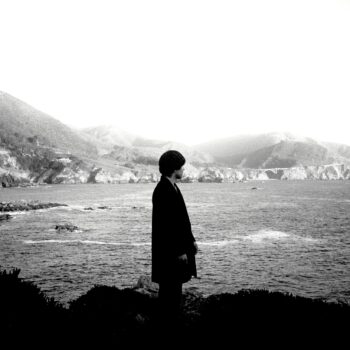
Expanding on an idea from an interview in which both Drake and his moderator praised each other’s proactive creative visions while admitting to their own individual weaknesses, Drake divulged that his process is as much about manifestation as it is the physical crafting and execution of a product.
“You create an idea in your head, you put it to paper, and it becomes this thing that you hyper obsess over until, one day, you look up and realize you’ve been creating this thing and bringing it into life,” he tells Atwood Magazine.
“Songs are much different than goals. You can sit down and write a song at any point. Goals are a big part of my life, especially when I moved to Los Angeles. I was in high school, and it was all I thought about. I told everybody about it. I tried to have my name be associated with this dream of moving there, and that was a big part in helping it come to fruition. I’m a big believer in speaking things into existence.”
That discipline, at least on the artistic side, filters into a continuation of input and output. “By the time you reach that point, you’ve already set the next point,” he continues. “I think it’s rarely a conclusion, it’s always a continuation. I’ve been trying to do my part to appreciate when you DO reach a point. It’s such an unsatisfying life when you are never satisfied with the things you told yourself you’d be satisfied with.”
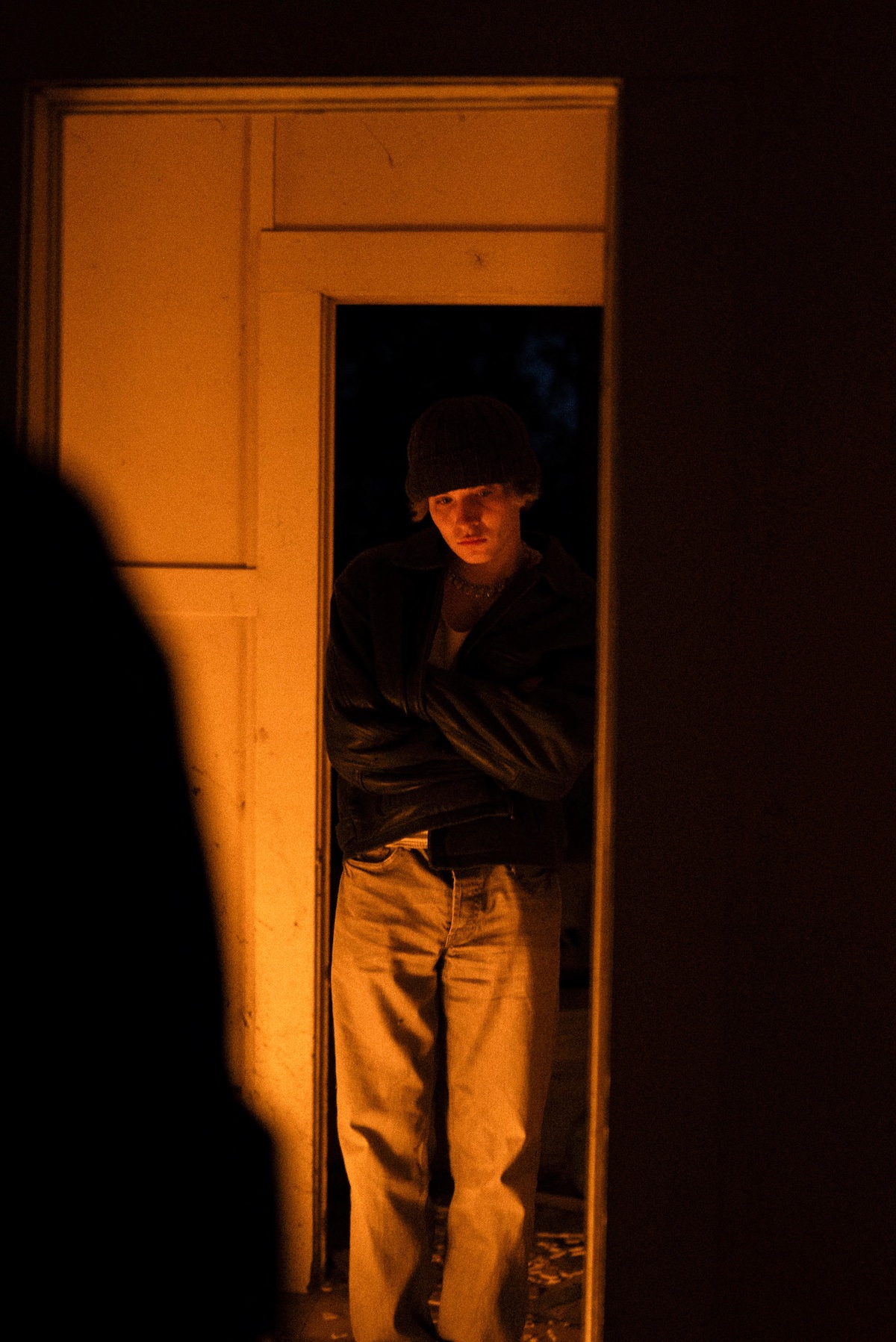
When asked if, during any point of a collaborative process, his artistic vision(s), that he felt were, ‘cut and dry,’ have been misunderstood by others in the room and therefore deemed unusable or were simply discarded, he was unfamiliar with the term. Once briefed, he seemed to find a correlation.
“In my opinion, everything I create is ‘cut and dry’ for myself,” he says.
“I attempt to focus less on if it makes sense to other people. That’s not the right approach, that’s just MY approach. I understand it, and, hopefully, those that know me understand it. The rest of the world can figure it out, or not.”
Tell me, have you found your way?
Loneliness has robbed me
of my joy to fill me with hate
Oh, I’ve lost my sight,
my dead eyes leave me blind to the good
There’s a dark-haired girl who smiles
How I’d hold her if I could
Everything I touch
I tear apart for us
Why…
Accompanying visuals for songs like “Youth” and “Beautiful Boy/Downstream” display Drake’s fondness for grandiose spaces where he can withdraw.
Facets of his production, designed to engulf the listener in his emotional realm, satisfies and matches this aethereal feeling. “The fuzziness in the music is textures, and I love to create sonic landscapes that are similar of the visual landscapes,” he says. “I love that feeling of being small in a big place. Reading a book, talking to a friend, or just sitting there in silence.”
“Youth,” a focus single, emphasizes the ramifications of emotional ownership. Drake’s bridge is sung with the intention of a harrowing outpour… of intensely lashing out, as he finds himself in a lingering stalemate, but he refrains. Instead, his screams are presented as cries:
You hold… me still
Like there’s… no guilt
My eyes… they wilt
Looking… for a sign
The part of me you keep is still mine
I gave you my youth
But you kept the kid
He’s still in your arms… when I picture him
“With this one, it started with me playing guitar, alone, in my living room in LA… and it was a line about… referring to this person as a sanctuary, and wanting to burn the sanctuary,” he says. “It was a little dramatic, of course.”
Ultimately, that line did not make it into the song. “Sometimes, what creates a song, initially, ends up not even making it into the final version,” he continues. “But, you still have to pay homage to it because, if not for that, the song would have never existed. It’s a nice example of how music is not linear.”
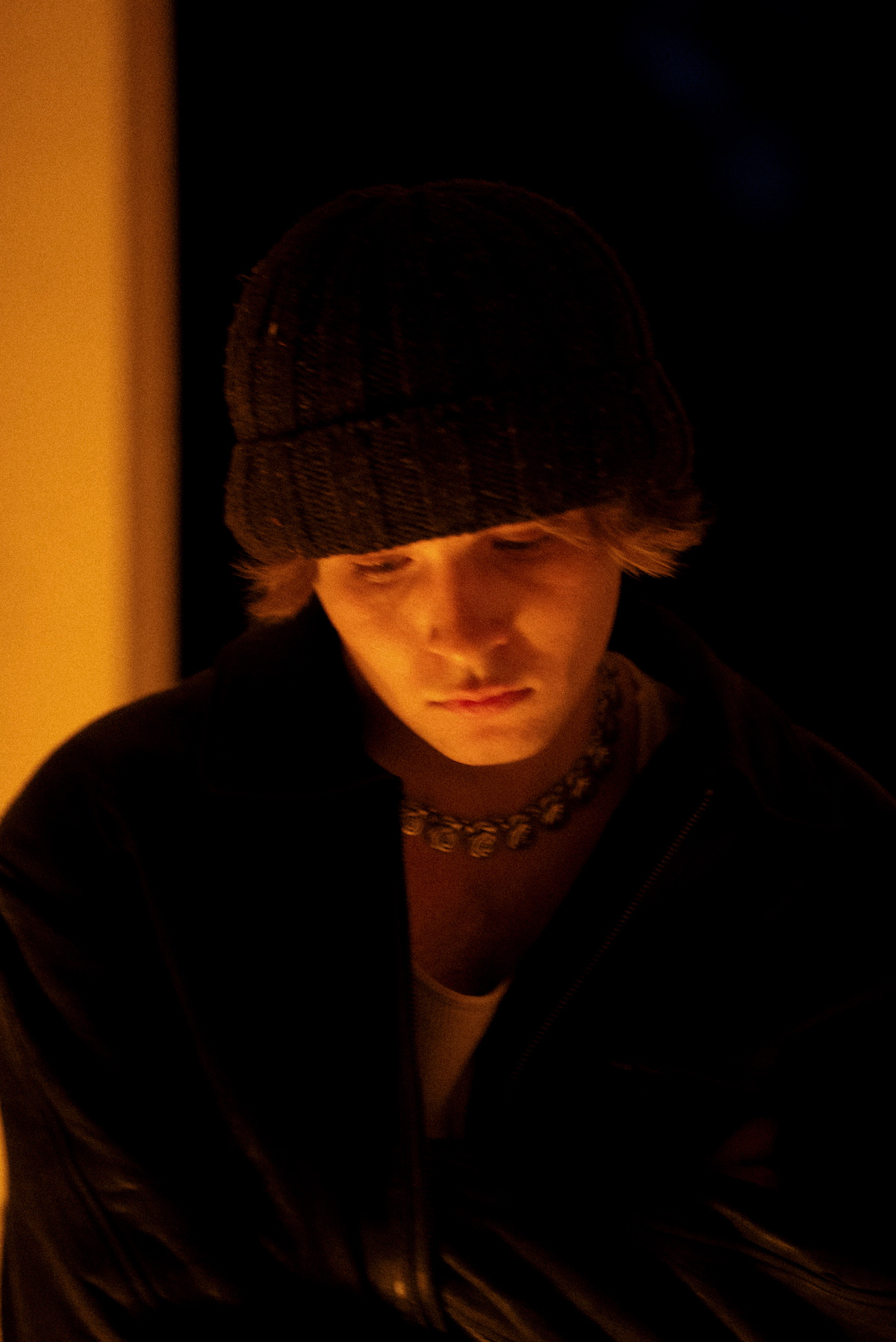
“Waiting Room,” the highlight of the project due to a precise balance of lightness and tension, deals with Drake attempting to rationalize the loss of one relationship by quickly giving himself away, seemingly only physically, to another. The mental blocks and persisting feelings of resentment, sadness, and attachment towards the ex-partner do not help Drake’s case, nor that of this new individual.
“ … A person came into my life, and I almost resented them for even being in proximity to me so soon after this experience,” he explains. “That had nothing to do with them, as they weren’t even aware of this experience. It was very much on me to tell them about that, if I wanted to, but instead, I kind of kept my mouth shut and wrote this song. The person became a part of someone else’s story, instead of creating their own.”
This tune, along with “Beautiful Boy/Downstream,” act as two-parters within a single song. “Waiting Room” does not identify the extended bridge/outro as its own piece, while “Beautiful Boy/Downstream” finds its extended outro, effectively given its own identity, centered around the repetition of the line, “It’s been so long… since I’ve been me.”
Beautiful boy,
you’re getting sick and shedding joy
But that’s your choosing
Beautiful boy,
your youth is draining from your eyes
Your grip must loosen
Drake’s lyrics, abstract yet feverishly relatable, have inspired visceral reactions from his fans, both online and in-person. They have not gone unnoticed.
“At the surface level, it’s incredible that I can create something and that it can find a home with these amazing people,” he says. “A lot of them do not have the support systems I’ve had, and music, my music or others music, is their one chance where no one is saying, ‘You shouldn’t be feeling this way,’ and invalidating their feelings. It’s a huge release for them.”
Validation seems to be a key term here. Both parties appear to be searching for connection beyond a parasocial relationship, as well as a way to process personal trauma through the creation and/or consumption of the art.
“It’s interesting to have your grief and sorrow be validated by the world,” he continues. “I create these songs for myself, and for the person they’re about. Historically, they’ve been about this girl Ella. My grief around Ella becomes validated… it’s my livelihood. It brings me joy that I’m so loved in that way, but it also brings me sadness to know that, for most people, you feel grief, and you don’t hear a second thing about it. Nobody comes into your life and tells you that it’s great, or, let alone, gives you some kind of compensation for your grief.”
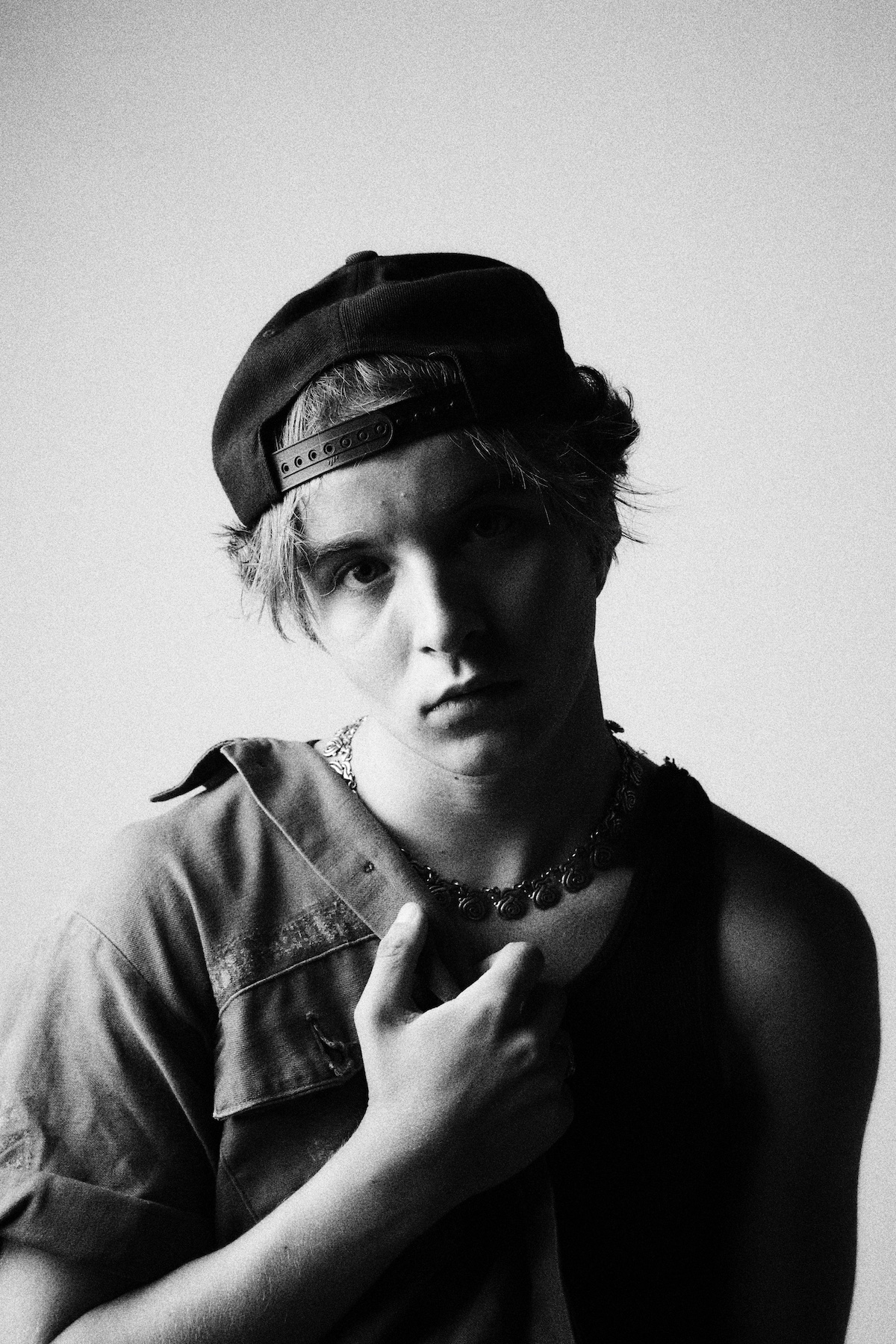
For most people, you feel grief, and you don’t hear a second thing about it. Nobody comes into your life and tells you that it’s great, or, let alone, gives you some kind of compensation for your grief.
The musical thesis statement of For all my eyes have seen is Drake’s decision to lean into the misty, opaque, and unclear fragments of the mind.
Outside of “Why” and “Unsee,” both of which take a more manic tone in their overall presentation, the songs remain steadfast in this world of ambient fabric. The skill of committing to this, which Drake cites from the playbook of Jeff Buckley, is commendable, and is, he believes, an ability that any artist can learn to develop.
“Everyone is inspired, but the second you touch something, it has your unique imprint on it,” he says. “A big part of it is the collaboration. A lot of the songs… I love the use of the word ‘manic.’ Those are co-parented by this producer, Jonny Shorr, who is a lovely soul. When you put two people who love chaos and harmony together, you get these strange, wishy-washy songs that I love and admire. I’m glad I’m finding people who also admire them.”
— —
:: stream/purchase For all my eyes have seen here ::
:: connect with Rowan Drake here ::
“Elephant in the Room” – Rowan Drake
— — — —
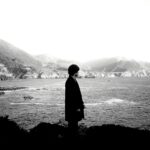
Connect to Rowan Drake on
Facebook, Twitter, TikTok, Instagram
Discover new music on Atwood Magazine
© Jimmy Fontaine
:: Stream Rowan Drake ::

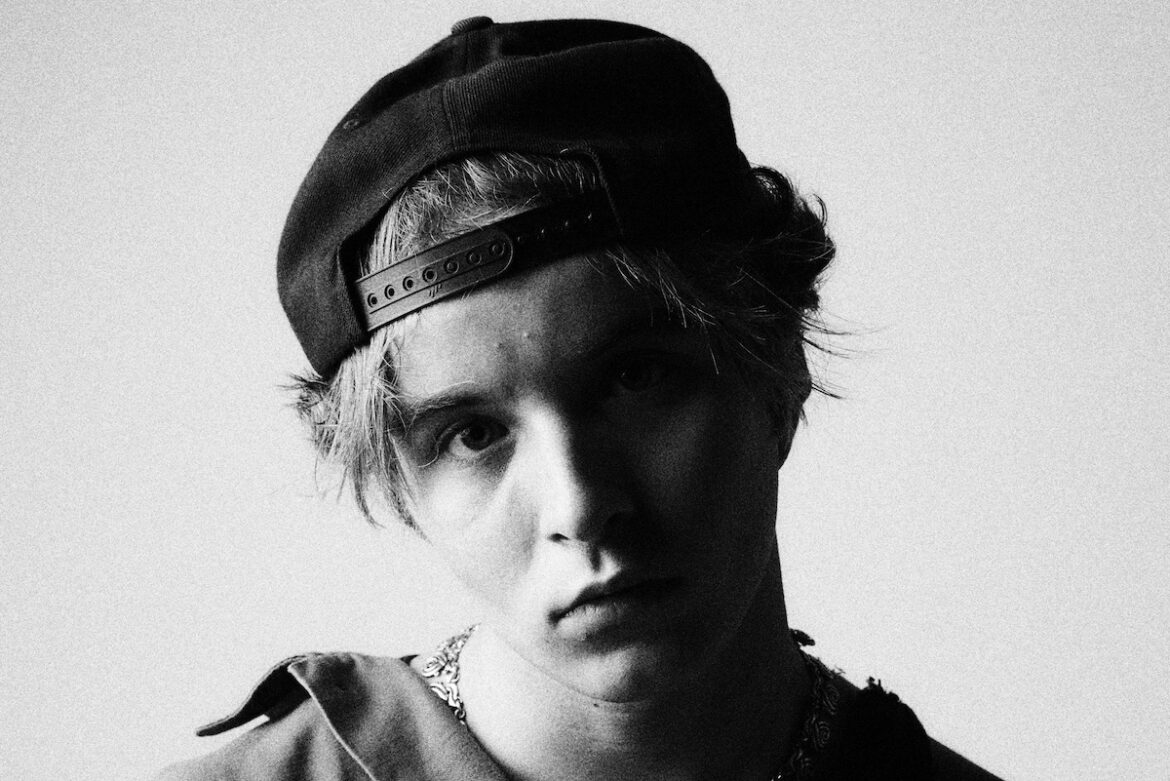
 © Jimmy Fontaine
© Jimmy Fontaine